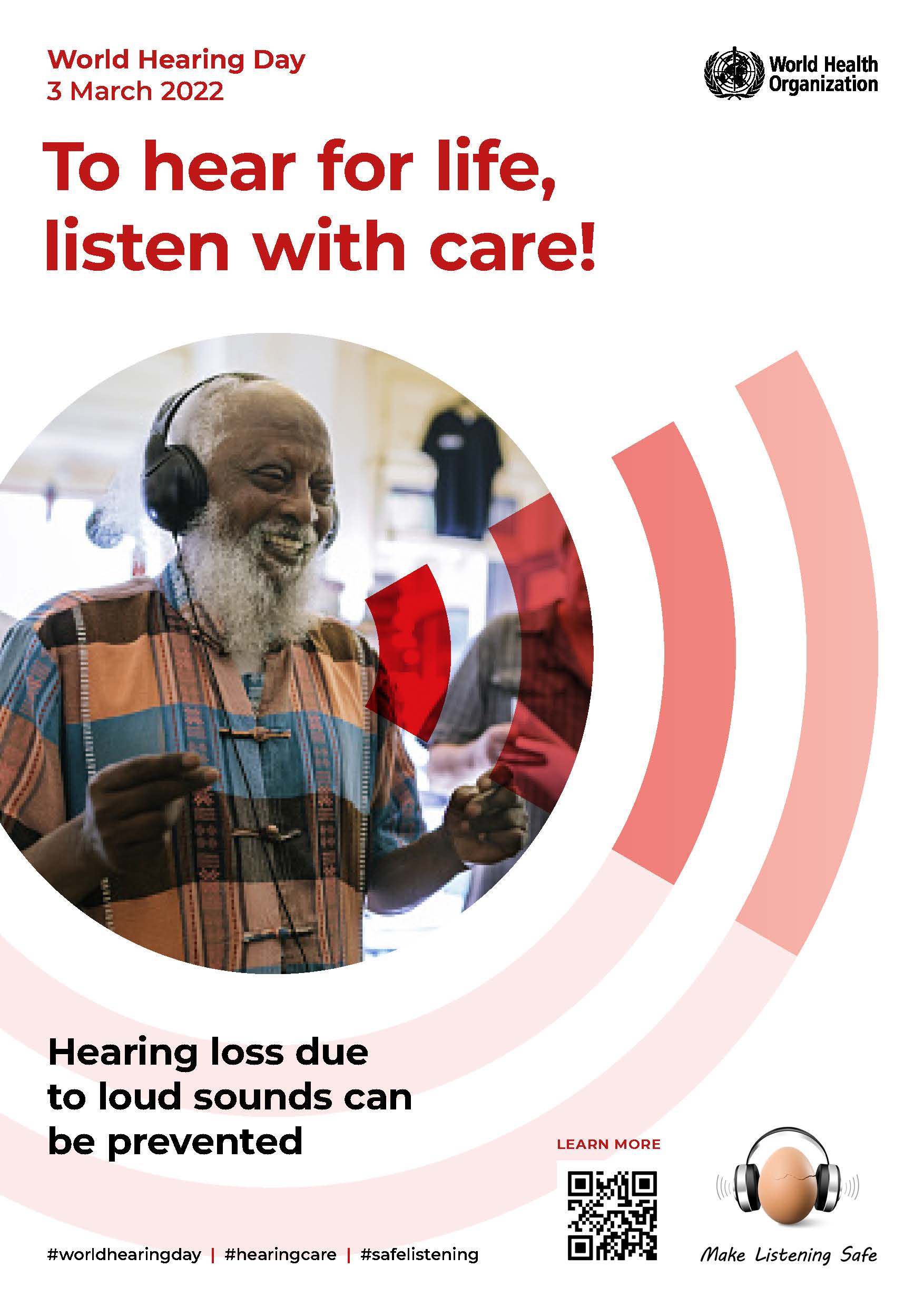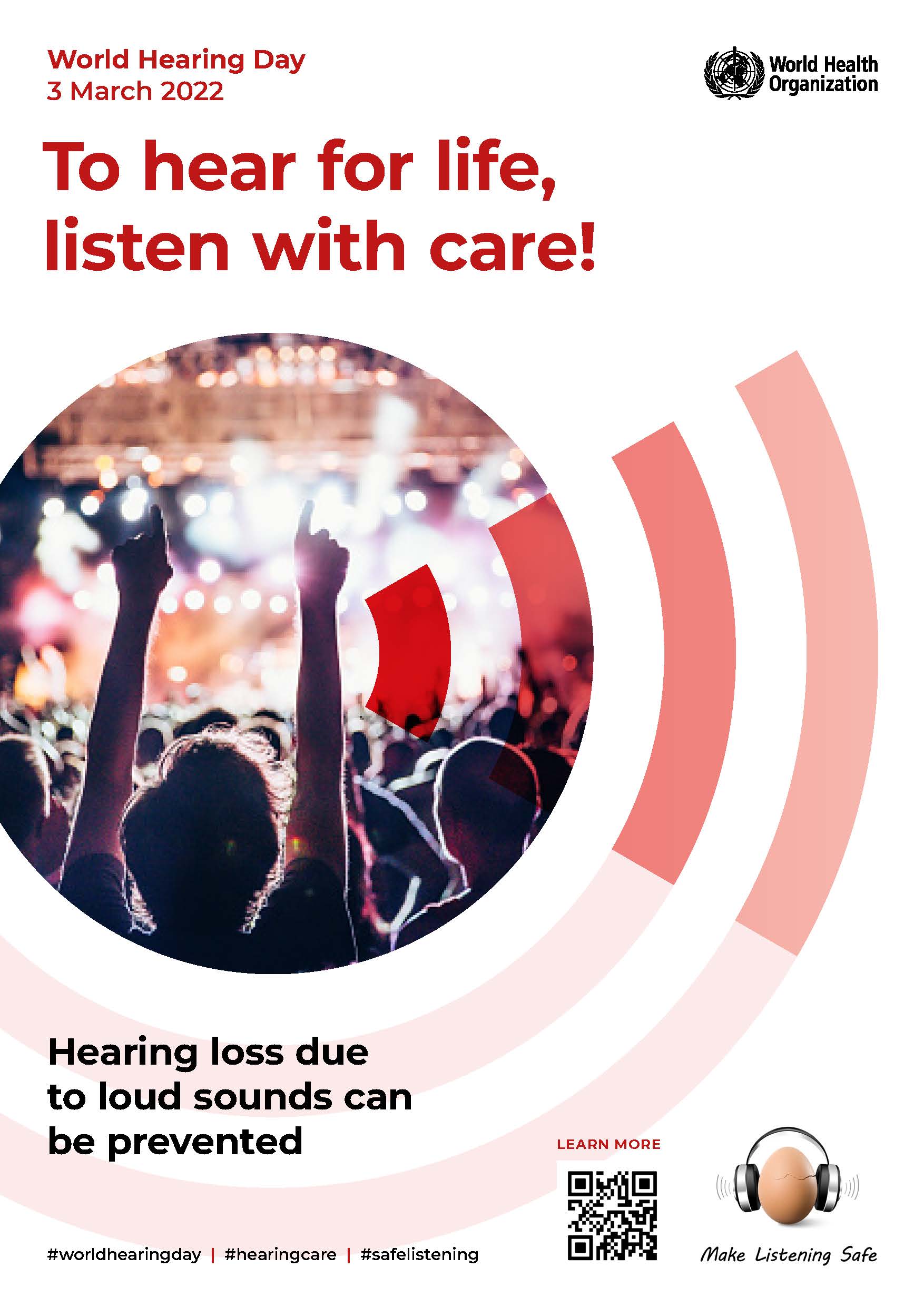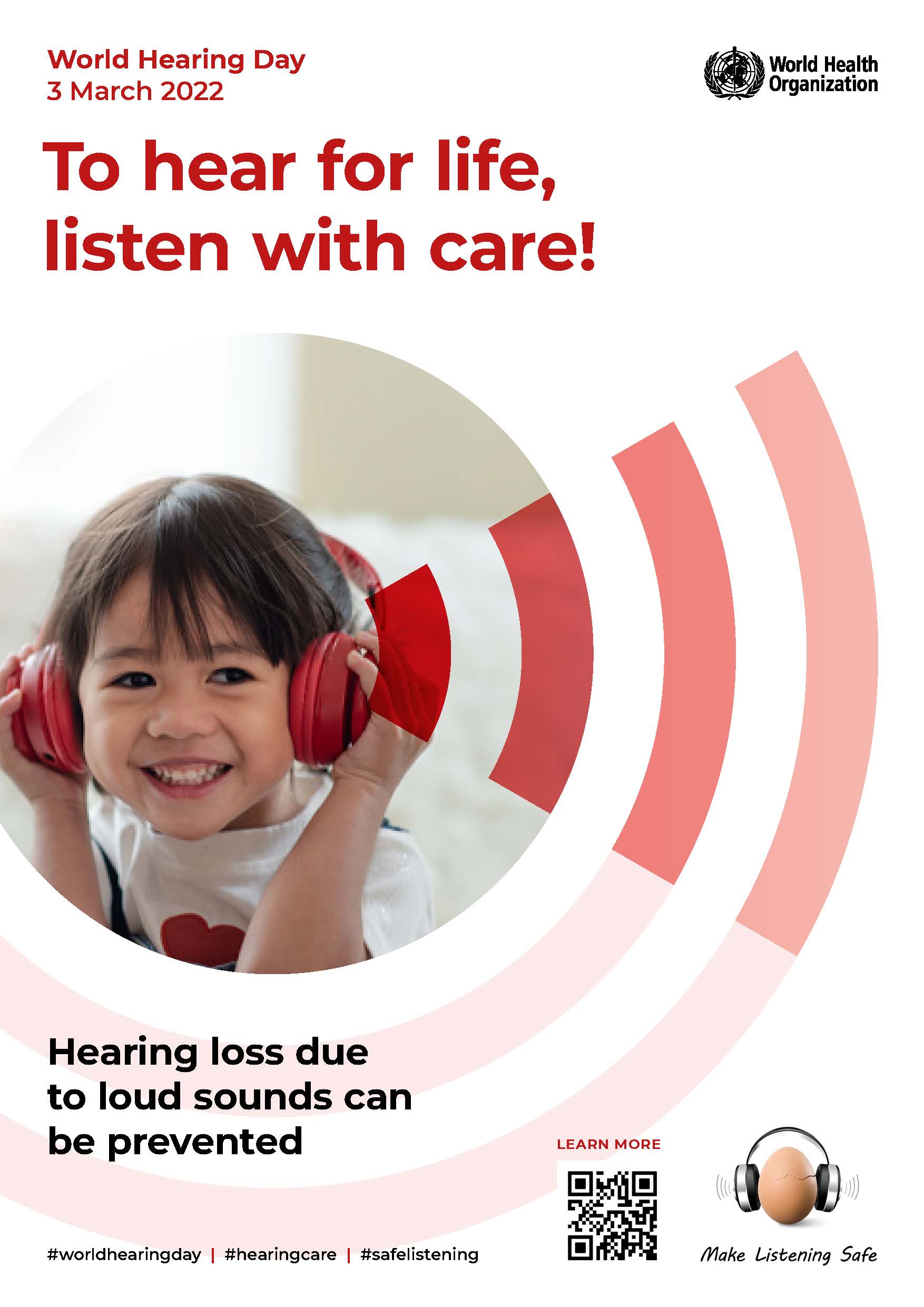Some Frequently Asked Questions
If you are concerned that you or a loved one may be experiencing hearing loss, you are not alone. Hearing loss can occur gradually, it’s often the people around you that notice the hearing loss before you do. If you have any of the following symptoms, it may be time for a hearing test:

Hearing loss can be due to several factors such as the ageing process, exposure to loud noise, medications, infections, head or ear trauma, congenital (birth) or genetic factors, diseases, as well as a number of other causes. Hearing loss often occurs gradually throughout a lifetime.
The results of a hearing test are plotted on a chart called an audiogram. Loudness is plotted from top to bottom. Frequency, or pitch, is plotted from left to right. Hearing level (HL) is measured in decibels (dB). The hearing loss categories are as follows:
There are three main types of hearing loss and each can be caused by different factors and require different hearing aid technology:
- Sensorineural hearing loss: This occurs from the inner ear or auditory nerve. This commonly occurs from damage to the small hair cells, or nerve fibers, in the auditory system. Sensorineural hearing loss is the most common type of hearing loss in adults and accounts for more than 90 percent of hearing loss in all hearing aid wearers. The most common causes of this hearing loss are age-related changes and noise exposure. There are many excellent hearing aid options for the patient with sensorineural hearing loss.
- Conductive hearing loss: This occurs in the external or middle ear. Conductive hearing loss develops when sound is not conducted efficiently through the ear canal, eardrum or tiny bones of the middle ear, resulting in a reduction of the loudness of sound that is heard. Conductive losses may result from earwax blocking the ear canal, fluid in the middle ear, obstruction of the ear canal or a perforation (hole) in the eardrum. Individuals with conductive hearing loss can benefit from hearing aids, medical implants, medication or surgical options.
- Mixed hearing loss: When there are problems in the middle and inner ear, a mixed hearing impairment is the result. Because mixed hearing loss involves both sensorineural and conductive hearing loss, treatment options from hearing aids to surgery depends on the nature of the impairment and the symptoms experienced.
Tinnitus is a common disorder affecting millions of people globally. It is often referred to as "ringing in the ears," although some people hear hissing, roaring, whistling, buzzing or clicking. Tinnitus is not actually a disease, but a symptom of another underlying condition of the ear, auditory nerve or other influencing factors. Tinnitus can be intermittent or constant, with single or multiple tones. The perceived volume can range from very soft to extremely loud and maybe recurrent or constant.
The exact cause of tinnitus is not known in every patient. However, there are several likely factors that may worsen tinnitus. These include:
- Noise-induced hearing loss
- Wax build-up in the ear canal
- Certain medications
- Ear or sinus infections
- Age-related hearing loss
- Ear diseases and disorders
- Jaw misalignment
- Cardiovascular disease
- Certain types of tumors
- Thyroid disorders
- Head and neck trauma









